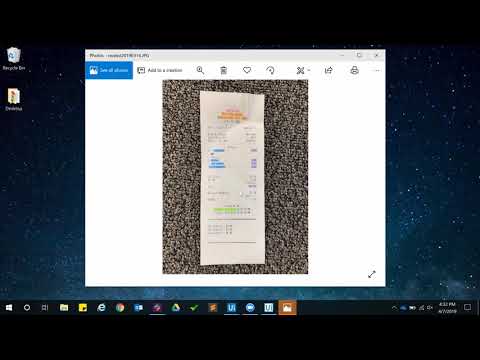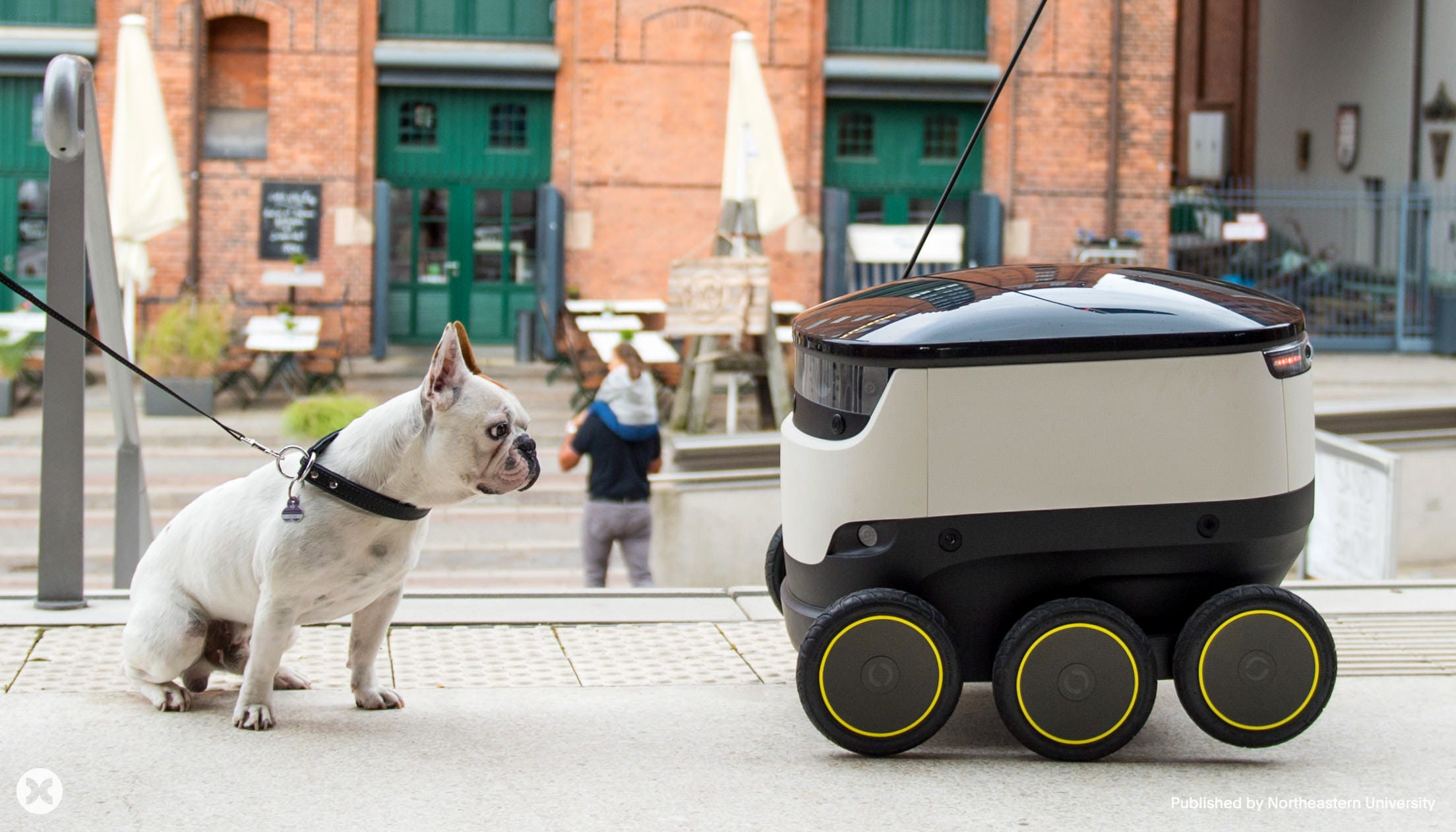You probably know the Software as a Service business model (SaaS). But there is a new kid in town! The Service as a Software business model is a new trend that emerges thanks to the advances of AI and Machine learning. Here are some thoughts on what opportunities this might bring in the next years.
What is Service as a Software?
It is the idea of finding a service executed by humans and then using software (mainly Machine Learning and AI), to automate it. Once it is automated, you can use Software (an AI bot) or Hardware (a Robot) to perform the task.
A couple of examples:
Example 1: Have Software deliver an Accounting Service
A team of accountants gets all the Expense Report receipts from 500 employees of a company. They do the data entry of the amounts, then decide on the category of the expense and then input the information in the accounting system.
In the Service as a Software model, you have to place a software “watching” the actions of the accountants and getting trained on what it should do. Once the model is trained, you can have the software bots doing the work and keep a couple of accountants to supervise them.

Some examples of software companies working on this are UIPath, Automation Anywhere and (our Greek) Softomotive.
Example 2: Have software deliver a Call Center Service
A bank uses a call center with hundreds of agents replying to customer issues on credit cards, accounts, bonus points, and others.

In the Service as a Software model, you build a bot that uses Speech to Text and a domain ontology that understands the concepts that your customers are talking about. Then you have the software answer the calls and provide customer support. Omilia (another great example from Greece) is providing this conversation intelligence using AI very effectively, as recognized by Gartner and Forrester.
Example 3: Have a Robot execute a delivery service


You place an order in an e-food restaurant and instead of having a human delivering the food to your place, you have a sweet robot doing the job. Starship is building such robots in Esthonia. And as you know, Amazon is experimenting with drones delivering parcels.
Example 4: Have a robot make coffees

CafeX is disrupting the baristas’ service by having a robotic arm making and delivering coffees, with full customization on the preferences of the customer.
Can Software and AI be better than humans in service delivery?
One might think that nothing can replicate the effectiveness of a human in service delivery. But is this true? Let’s have a look at where we stand regarding the accuracy of humans and AI.
Speech Technology: The word error rate for speech to text software is now at 5.1%, the same as a human. This means that software and humans misinterpret around 5 words in every 100 words they listen to.
Image Recognition Technology: Since 2015, the error rate for image recognition in specific domains for software is 4.5%, while humans are at 5%.
Examining Possible Outcomes and Decision Making: Software wins Chess champions and Go champions. Given a specific set of rules in which an environment operates, it is very tough for a human to win software.
Will AI and Robots substitute humans?
In some areas yes, AI and robots are and will be able to completely substitute a human. In most areas, we will live together and humans will be the supervisors of the services delivered by AI software and robots. And there will always be some areas in which humans will do better (e.g, movie creation services, lawyer services, industry research services etc).
How Can Startups Capitalize on the trend of Service-as-a-Software?
There are two main ways here to disrupt a service area delivered by humans.
The first way is to create the AI/Machine Learning software technology that will deliver the service in a quality-to-price ratio that is better than humans and then sell this technology to businesses.
E.g., develop an AI system that uses image recognition and drones to paint a house. You can then go and sell this technology to every business that paints houses, so that they can become more efficient and deliver the service with a better margin, e.g. because they will not have to create 30-meter scaffolds to paint the exterior of a 10-floor building

The second way is to use this technology yourself, set up a painting franchise and disrupt all the existing painting service companies. This could prove to scale faster for your business, rather than having to convince and educate every existing supplier of a service to use AI/ML software and hardware.
Ideas for areas for service-as-a-software disruption
Obviously it is hard to predict which service areas will be the next ones to be disrupted by AI software+robots but here are a few ideas, with some of them under development at the moment. These are in random industries and come both from the AI Software and AI+Robots world, just to make the point of the range of areas for disruption.
- Cleaning the House: It has already started many years ago with the vacuum cleaner Roomba. Moping is also under works with Braava. I wish ironing comes next (even without AI or smart software).
- Cleaning the Windows of Skyscrapers and Hotels.
- Automating Accounting Services in Companies (Expense Reports, Data Entries etc): Mostly solved by RPA companies.
- Cooking and Food Preparation Services for restaurants: Actually, a Robot Pizza Startup worth now $2 billion USD. Let’s build a Greek Spinach Pie robot please…
- Coffee Preparation: CafeX underway.
- Barista/Cocktail preparation: Makr Shakr underway.

- Call-Centers: Disruption currently underway with Omilia and other vendors.
- Holiday Planning: A travel bot could learn all your preferences and suggest the perfect weekend getaway with your family: Book you a flight after 10:00 am because you hate early morning flights, get you a 4-star hotel with average rate on Booking.com of +9.0 next to a metro, buy 4 metro cards for 3 days, the tickets to the top 3 museums for your children and save you from 20 hours of searching for information on the internet to create the itinerary.
- Online Exams and Certification Tests: Having an AI system to do the online-proctoring to check via a camera a student who takes an exam for certification.
- Traffic Police Services (cameras for speed tickets, license plate recognition, insurance fees avoidance checks, etc): Already in use.
- Security Services: AI software and anti-drone technology will be used to protect critical infrastructure better than the security guards can at the moment. Rada and Kasperky are working on it.

- Trading: High-frequency trading algos using AI are now broadly used and account for the most transactions in the US stock market. They have already disrupted to a large extent the service provisioned by daily desk traders.
- Music Creation Service: I would not see it far fetched in a few years to have an AI software replacing the job of a music composer and a music audio engineer/producer. It could learn from the patterns of the top hits in a country (most popular rhythms, scales, mix of genres) and produce the next country hit. It could even create a synthetic song to sing, that could be a mix of the 3 most popular singers in the genre. AI music creation is much easier done in electronic music at first. Here is an AI produced album.
Let me know what you think!
